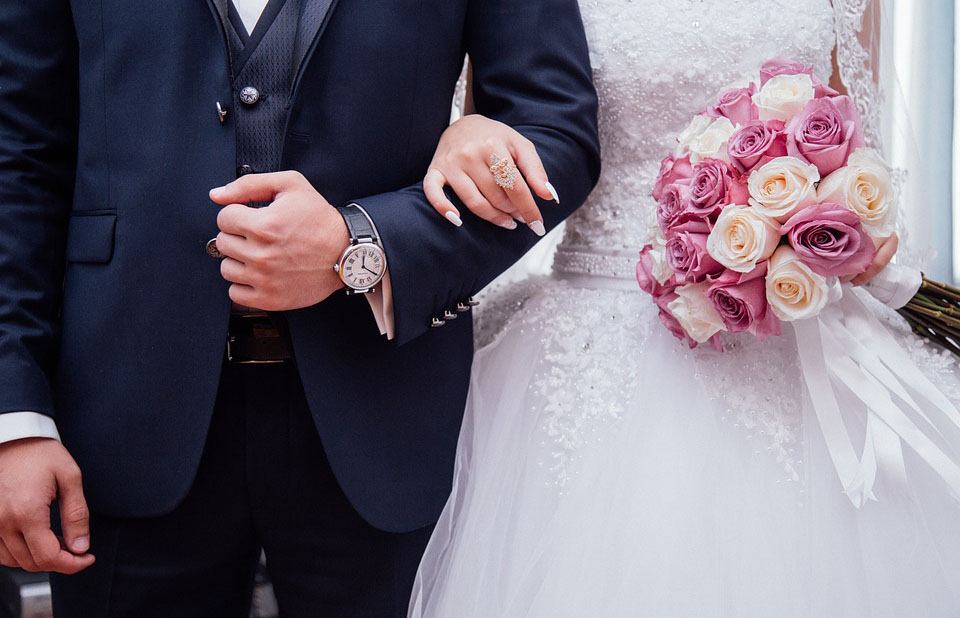Top 10 Most Popular Wedding Candy Bars in America: A blog about popular candy bars used at weddings.

Introduction
Candy bars are a staple of American life. As far as I can tell, they’ve been around for about as long as America has existed, and now they’re even more popular than ever. You can find them in vending machines, gas stations, convenience stores and grocery stores everywhere you look. So it’s only natural that people would want to use them at their weddings too! Here are the top 10 wedding candy bars in America:
Milky Way
Milky Way is a chocolate bar produced by Mars. It consists of nougat, caramel and milk chocolate. The Milky Way was first produced in 1923 and has become one of the most popular candy bars in America over time. It is available in many different countries around the world and can be found in almost every grocery store or gas station across America.
The Milky Way has been used at weddings for many years because it’s cheap, delicious, convenient and easy to transport if you don’t have access to refrigeration equipment during your ceremony or reception. If you’re on a tight budget but still want something high quality that won’t break the bank then this might be perfect for your wedding!
Snickers
Snickers is a chocolate-covered peanuts, caramel, and nougat candy bar made by Mars Inc. It was first introduced in 1930 and is one of the most popular candy bars in America. It is available in milk chocolate, dark chocolate, caramel coated nougat and peanut clusters.
The Snickers bar consists of: peanuts; milk chocolate or dark chocolate coating; nougat with roasted peanuts covered with milk chocolate or dark 100% cocoa solids content coating; caramel filling consisting of sugar syrup flavored with vanillin (artificial vanilla flavor), salt, corn syrup and butterfat emulsion containing partially hydrogenated soybean oil (trans fats); rice flour; cocoa butter; toasted oats.
Kit Kat
Kit Kat is a chocolate-covered wafer bar consisting of four fingers. The original Nestle Kit Kat, which was introduced in 1935, has been produced continuously since then and is currently one of the top selling non-chocolate candy bars in the United States.
The name Kit Kat is derived from the Japanese phrase kitto katsu, meaning «all right victory.» The name was chosen because it represented a unique new product that would be popular with consumers. The first Kit Kats were made by breaking up sticks of Turkish Delight (also known as «Lokum») and layering them with chocolate on both sides. Today, they are manufactured using machines called «Melanger,» which are specifically designed to create layers of chocolate between two wafers or biscuits in an even manner.
Reese’s Peanut Butter Cups
The Reese’s Peanut Butter Cups candy bar was created in 1928 by H.B. Reese, a patent medicine salesman from St. Louis, Missouri.
The ingredients are: sugar, corn syrup solids, hydrogenated vegetable oil (contains one or more of the following: cottonseed oil, palm kernel oil), dextrose, cocoa powder processed with alkali, lecithin (an emulsifier), mono and diglycerides that are derived from fats/oils (may contain one or more of the following oils: hydrogenated soy bean oil and/or partially hydrogenated soybean oil) natural flavorings including vanillin; artificial flavorings including vanillin). The nutritional value of this candy bar is as follows: Calories 240; Total Fat 15g; Saturated Fat 8g; Trans Fat 0g; Cholesterol 10mg; Sodium 125mg; Total Carbohydrate 29g Dietary Fiber 2g Sugars 18g Protein 2 g per serving size – 4 pieces per package
Baby Ruth
Nestle created the Baby Ruth bar in 1921 to compete with the Heath bar, which was also a popular chocolate-covered nougat and caramel sandwich. When it first hit the market, it was an instant success. The name «Baby Ruth» came from Babe Ruth who was one of Nestle’s most famous clients at that time.
The Baby Ruth bar contains several layers: a crunchy nougat on top; peanuts covered in caramel underneath; and chewy caramel below that. It has been compared to other candy bars like Snickers and Butterfinger because they have similar ingredients but have their own unique flavor profiles as well.
Twix
The Twix candy bar is a popular chocolate-and-caramel treat that has been around since the 1960s. It was introduced in the United States by Nestlé in 1967 and quickly became a favorite among Americans due to its unique flavor and crispy texture. The Twix bar consists of two layers: one chocolate, one caramel. Each layer is covered with milk chocolate and then wrapped in wax paper for protection during transportation or storage—this way, it’s easier for you to take it home from your local supermarket without worrying about your fingers getting sticky!
In addition to being delicious, this candy makes a great gift for any occasion—especially weddings! If you’re planning on attending an upcoming nuptial event with lots of food options available (like cakes or hors d’oeuvres), consider bringing along some homemade treats like these so everyone gets something exciting without having to worry about getting sick later.»
Hershey bars
The Hershey bar is a perennial favorite of wedding guests. They are inexpensive, delicious, and can be found in many varieties—from full-size bars to bite-sized pieces that are perfect for wedding favors. If you’re looking for a candy bar that will please both children and adults alike, look no further than the Hershey bar!
3 Musketeers
The 3 Musketeers chocolate bar is a classic dessert that has been around since the mid 1920s. The name comes from the French word «mousquetaire,» which translates to «musketeer.» It was first created in New York City and was first sold as one of many bars made by Mars Incorporated.
The bar consists of three layers, with each layer being a different flavor: vanilla, strawberry, and chocolate. It’s made with milk chocolate covered in crunchy candy shells that are colored red and blue like the original wrapper design from 1928 (which reminds us of Superman).
It’s unique because it’s made using only three ingredients; therefore it doesn’t have any artificial flavors or preservatives added to the mix – just pure goodness!
People love it because aside from being delicious and satisfyingly creamy inside its thin shell casing…it also tastes great when paired up with other desserts so make sure you grab some extra boxes before heading home!
M&M’s
M&M’s are a classic candy bar. They’re made by Mars, Inc., and they come in many different colors. They tend to be used at weddings because they can be separated into individual colors and are relatively small, making them easy to eat. You might also see M&M’s in other types of candy bars that use multiple colors of candies or nuts (buttercrunch, etc.).
Almond Joy
Almond Joy is another popular candy bar that has been around for many years. It was originally made by the Mounds Candy Company, but it’s now produced by Hershey’s. The bar has coconut and almonds, along with milk chocolate and a caramel layer. It was named after an Almond Joy ice cream sandwich that was also popular in the 1930s and ’40s. The slogan for this candy is «Almond Joy is a dream come true.»
People marry people who have the same taste in candy bars.
At weddings, you can tell a lot about the couple by the candy bars they serve. If they choose to serve one of these top 10 most popular wedding candy bars in America, then they’ve got good taste and you should definitely marry them.
But wait, there’s more! Not only will your wedding guests think highly of your love (and their own taste) with these classy treats; it will also help them get along with your future in-laws. You see, parents tend to be protective and judgmental when it comes to their children’s partners and will often keep tabs on how well you fit into the family unit. When you bring out an amazing assortment of sweet treats during cocktail hour or at dessert time, not only will everyone appreciate your thoughtfulness but also how considerate of others’ feelings it shows that you are!
So whether or not these are actually the top 10 most popular wedding candy bars in America doesn’t matter all that much because no matter what type of candies a couple decides on for their big day—or even if they decide against any—the reaction from guests will speak volumes about both parties involved (and ultimately show off just how good their relationship really is).

